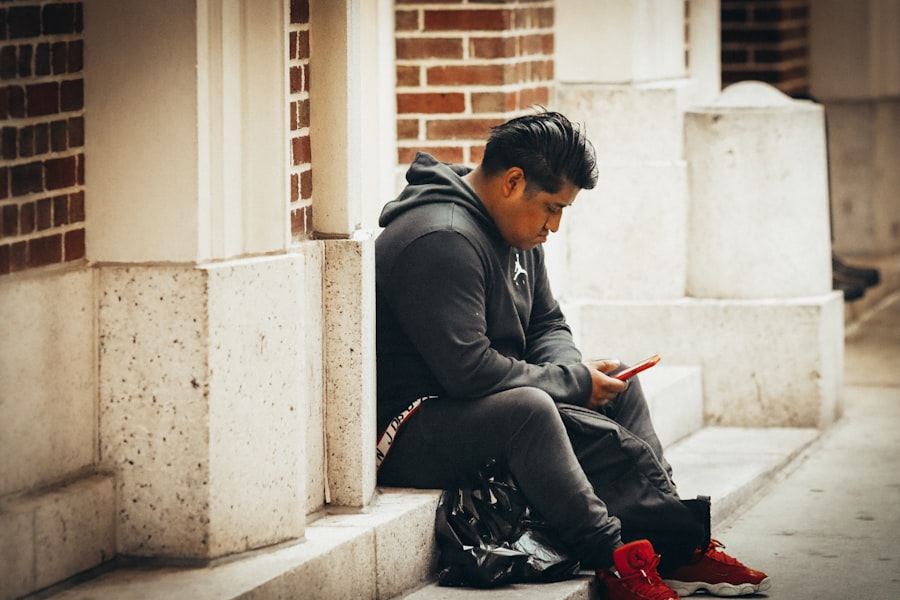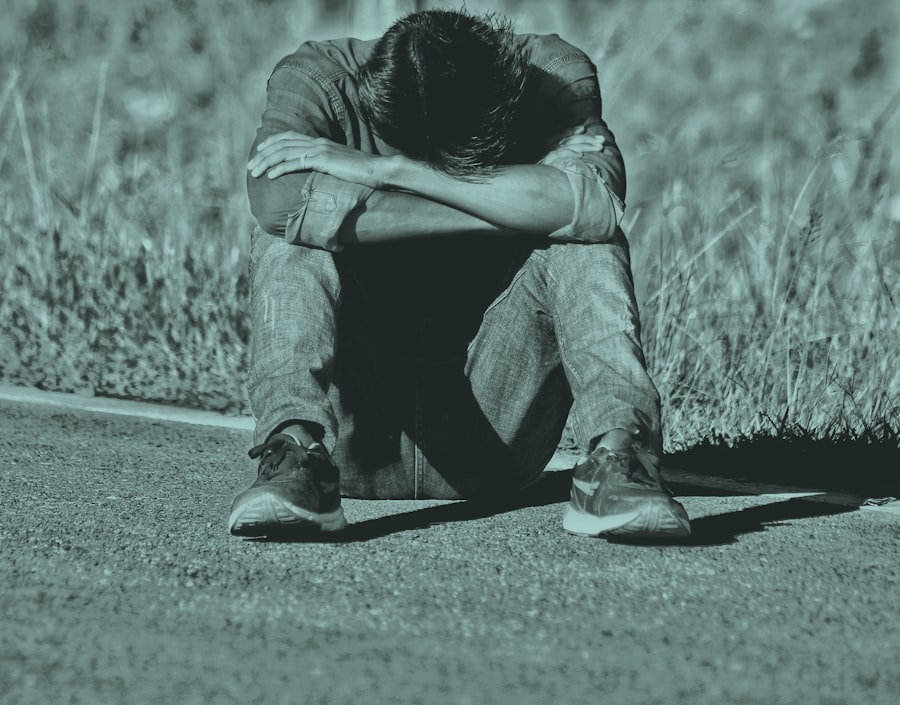Substance abuse among teenagers in the United States has emerged as a significant public health concern, affecting not only the individuals involved but also their families and communities. The adolescent years are a critical period of development, marked by exploration and experimentation. Unfortunately, this natural curiosity can lead some teens to engage in risky behaviors, including the use of drugs and alcohol.
According to various studies, a substantial percentage of high school students report having tried alcohol, marijuana, or other illicit substances, highlighting the prevalence of this issue. The reasons behind substance abuse among teens are multifaceted. Peer pressure, the desire for acceptance, and the influence of social media can all contribute to a teenager’s decision to experiment with drugs or alcohol.
Additionally, underlying mental health issues such as anxiety or depression may drive some adolescents to seek solace in substances as a form of self-medication. Understanding these factors is crucial for parents, educators, and healthcare professionals who aim to address and mitigate the risks associated with substance abuse in this vulnerable population.
Key Takeaways
- Substance abuse among U.S. teens is a serious issue that can have long-term effects on their physical and mental health.
- Warning signs of substance abuse in teens include changes in behavior, declining academic performance, and withdrawal from family and friends.
- Common types of substances abused by teens include alcohol, marijuana, prescription drugs, and illicit drugs like cocaine and ecstasy.
- Substance abuse can have a significant impact on teenagers, leading to academic problems, risky behaviors, and mental health issues.
- Prevention strategies for substance abuse in teens include open communication, setting clear expectations, and being a positive role model for healthy behaviors.
Behavioral Changes
A sudden decline in academic performance, withdrawal from family and friends, or a shift in social circles may suggest that a teen is struggling with substance use.
Physical Signs
Physical signs such as bloodshot eyes, frequent nosebleeds, or changes in appetite can also indicate potential substance abuse.
Emotional and Behavioral Changes
Emotional and behavioral changes are equally important to monitor. Teens who are abusing substances may exhibit increased irritability, mood swings, or unexplained changes in personality. They might also engage in secretive behavior or lie about their whereabouts. Recognizing these signs early on can be crucial for intervention and support, allowing parents and guardians to address the issue before it escalates into more severe consequences.
Common Types of Substances Abused by Teens
The landscape of substance abuse among teenagers is diverse, with various substances being misused for different reasons. Alcohol remains one of the most commonly abused substances among adolescents, often viewed as a rite of passage in social settings. Despite its legal status for adults, underage drinking poses significant risks, including impaired judgment and increased likelihood of engaging in dangerous behaviors.
In addition to alcohol, marijuana has gained popularity among teens, particularly with the increasing legalization and normalization of its use in various states. Many adolescents perceive marijuana as a relatively harmless substance; however, its effects on developing brains can be detrimental. Other substances commonly abused by teens include prescription medications such as opioids and stimulants, which are often misused for their euphoric effects or to enhance academic performance.
The rise of synthetic drugs and vaping products has also introduced new challenges in addressing substance abuse among this demographic.
The Impact of Substance Abuse on Teenagers

The consequences of substance abuse during adolescence can be profound and far-reaching. Physically, drug and alcohol use can interfere with normal brain development, leading to cognitive impairments that may affect learning and memory. Additionally, substance abuse is linked to a range of health issues, including respiratory problems, liver damage, and an increased risk of infectious diseases due to risky behaviors.
Socially and emotionally, the impact can be equally severe. Teens who engage in substance abuse often experience strained relationships with family and friends, leading to isolation and loneliness. Academic performance may suffer as a result of impaired concentration and motivation, potentially limiting future opportunities for education and employment.
Furthermore, the risk of developing mental health disorders increases significantly among adolescents who abuse substances, creating a cycle that can be difficult to break.
Prevention Strategies for Substance Abuse in Teens
Effective prevention strategies are essential for reducing the incidence of substance abuse among teenagers. One key approach is education—providing teens with accurate information about the risks associated with drug and alcohol use can empower them to make informed choices. School-based programs that focus on life skills development, decision-making, and coping strategies have shown promise in equipping adolescents with the tools they need to resist peer pressure.
Community involvement also plays a vital role in prevention efforts. Engaging parents, schools, and local organizations in collaborative initiatives can create a supportive environment that discourages substance use. Activities such as after-school programs, sports leagues, and mentorship opportunities can provide teens with positive outlets for their energy and creativity while fostering healthy relationships with peers and adults.
The Role of Parents and Guardians in Preventing Substance Abuse
Parents and guardians hold a pivotal role in preventing substance abuse among their children. Open communication is fundamental; fostering an environment where teens feel comfortable discussing their thoughts and feelings can help them navigate the challenges they face. By actively listening and engaging in conversations about drugs and alcohol, parents can provide guidance while also demonstrating their support.
Setting clear expectations regarding substance use is another critical aspect of parental involvement. Establishing rules about alcohol and drug use while explaining the rationale behind these guidelines can help teens understand the importance of making safe choices. Additionally, parents should model healthy behaviors themselves; demonstrating responsible decision-making regarding substances can reinforce the values they wish to instill in their children.
Seeking Help for Teens Struggling with Substance Abuse

When substance abuse becomes evident, seeking help is crucial for the well-being of the affected teen. Early intervention can significantly improve outcomes and reduce the likelihood of long-term addiction issues. Parents should approach the situation with empathy and understanding rather than judgment; this supportive stance can encourage teens to be more open about their struggles.
Professional help may include counseling or therapy tailored specifically for adolescents dealing with substance abuse issues. Various treatment options exist, ranging from outpatient programs to residential treatment facilities, depending on the severity of the problem. Involving healthcare professionals who specialize in adolescent addiction can provide families with the necessary resources and support to navigate this challenging journey.
Resources for Teens and Families Dealing with Substance Abuse
Numerous resources are available for teens and families grappling with substance abuse issues. National organizations such as the Substance Abuse and Mental Health Services Administration (SAMHSA) offer helplines and treatment locator services that can connect families with local support options. Additionally, community-based organizations often provide educational programs, support groups, and counseling services tailored to adolescents.
Online resources also play a vital role in providing information and support for both teens and their families. Websites dedicated to substance abuse prevention offer valuable insights into recognizing signs of addiction, understanding treatment options, and finding local resources. By leveraging these tools, families can empower themselves to address substance abuse effectively while fostering a healthier environment for their teens.
In conclusion, addressing substance abuse among U.S. teens requires a comprehensive understanding of the issue, recognition of warning signs, awareness of common substances abused, and an emphasis on prevention strategies. The involvement of parents and guardians is crucial in guiding adolescents toward healthier choices while seeking help when necessary can pave the way for recovery.
With access to appropriate resources and support systems, families can work together to combat substance abuse effectively and promote a brighter future for their teenagers.
FAQs
What is substance abuse among U.S. teens?
Substance abuse among U.S. teens refers to the misuse of alcohol, tobacco, and other drugs by individuals under the age of 18. This can include the use of illegal drugs, misuse of prescription medications, and excessive alcohol consumption.
What are the warning signs of substance abuse in teens?
Warning signs of substance abuse in teens can include changes in behavior, declining academic performance, changes in friend groups, mood swings, secrecy, and physical signs such as bloodshot eyes or unexplained weight loss.
What are some prevention strategies for substance abuse among teens?
Prevention strategies for substance abuse among teens include open communication between parents and teens, setting clear expectations and consequences, promoting healthy activities and hobbies, educating teens about the risks of substance abuse, and seeking professional help if needed.
What are the most commonly abused substances among U.S. teens?
The most commonly abused substances among U.S. teens include alcohol, marijuana, tobacco, and prescription medications such as opioids and stimulants.
How can parents and educators support teens in avoiding substance abuse?
Parents and educators can support teens in avoiding substance abuse by providing a supportive and nurturing environment, being good role models, educating teens about the risks of substance abuse, and seeking professional help if there are concerns about a teen’s substance use.













